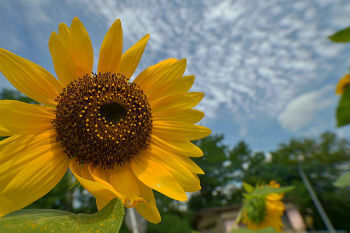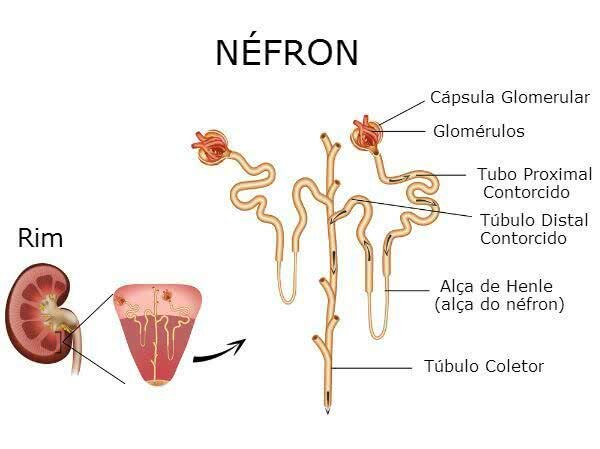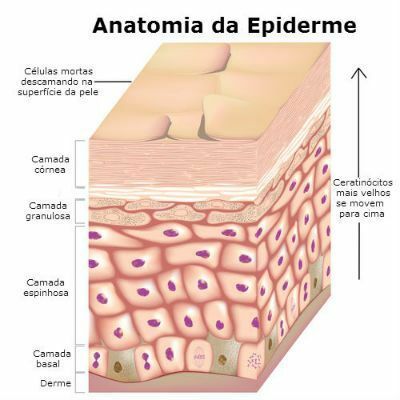Phototropism is plant growth oriented towards light stimulation.
Phototropism can be positive or negative.
When growth occurs towards the light stimulus it is called positive phototropism. When it occurs in the opposite direction, it is called negative phototropism.
The stems show positive phototropism as they grow towards the light source. The roots show negative phototropism, growing in the opposite direction to the light source.
Phototropism is easily observed in nature. An example is the sunflower, which can move according to the direction of sunlight.

Sunflower has positive phototropism.
Another example is a potted plant in a dark room. Over time, we can notice that the plant grows towards an open window or door, that is, towards a light source.
Plants may have other types of tropism, according to the external stimulus received. In addition to phototropism, geotropism is quite common. Geotropism or gravitropism corresponds to the growth of plants guided by gravity.
Phototropism and the action of auxins
THE auxina it is a plant hormone that has among its functions, the growth and elongation of cells. Auxin is produced by the apical meristem of the stem.
The action of auxins on vegetables is influenced by light. Hence its relationship with phototropism.
Light causes the auxin to migrate to the darker or shaded side of the plant. In this region, auxin promotes cell elongation and plant growth.
As auxin accumulates on the shaded side, this part grows larger than the side that is exposed to light. As a result, it causes the stem to bend towards the side from which the light comes.
Learn more about plant hormones.



